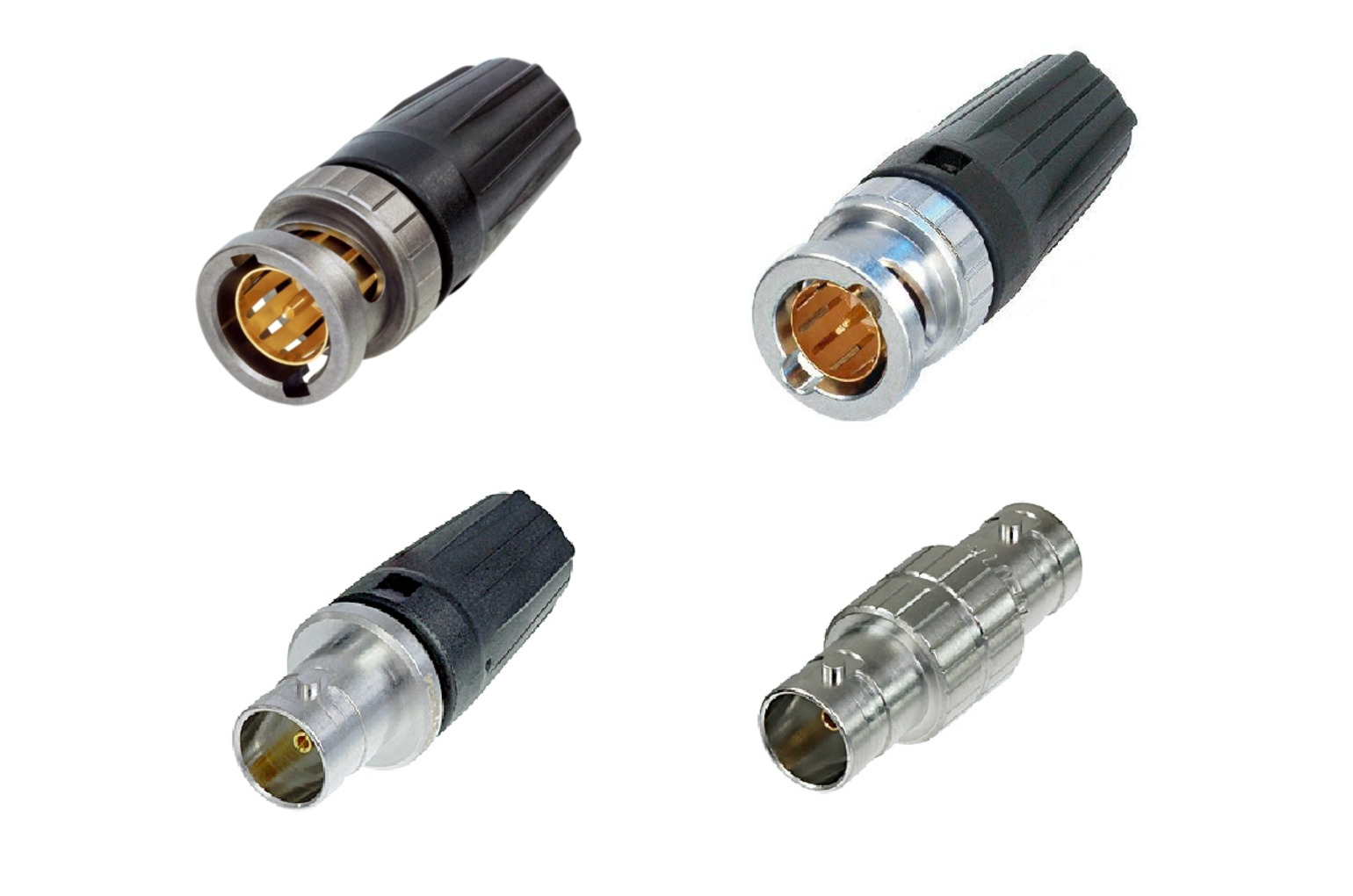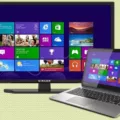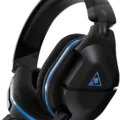BNC connectors are an essential component in coaxial cables used in various applications, such as video and radio frequency transmission. These connectors are designed to provide a quick and secure connection between cables, ensuring a reliable transfer of signals.
There are different types of BNC connectors available in the market, each with its unique features and advantages. Let’s take a look at some of the most common types of BNC connectors.
1. Standard BNC Connectors: The standard BNC connector is the most widely used type of BNC connector. It is used in various applications, such as video and radio frequency transmission. The connector features a bayonet coupling mechanism that ensures a secure and quick connection.
2. Miniature BNC Connectors: The miniature BNC connector, also known as the MNBNC connector, is a smaller version of the standard BNC connector. It is commonly used in applications where space is limited or where weight is a concern. The connector is also suitable for higher-frequency applications.
3. Reverse Polarity BNC Connectors: The reverse polarity BNC connector is designed to prevent accidental mating with standard BNC connectors. The connector features a reversed center pin, which ensures that it cannot be connected to a standard BNC connector. This type of connector is commonly used in wireless communication systems.
4. High-Definition BNC Connectors: The high-definition BNC connector, also known as the HD-BNC connector, is designed to provide higher bandwidth and better performance than standard BNC connectors. The connector features a smaller center pin and a larger body, which ensures a more robust connection. The HD-BNC connector is commonly used in high-definition video applications.
5. Waterproof BNC Connectors: The waterproof BNC connector is designed to provide a secure and reliable connection in harsh environments. The connector features a waterproof seal that prevents water and moisture from entering the cable. This type of connector is commonly used in outdoor applications, such as security cameras and marine applications.
BNC connectors are an essential component in coaxial cables used in various applications. There are different types of BNC connectors available in the market, each with its unique features and advantages. Choosing the right type of BNC connector depends on the specific application and requirements.

Different Sizes of BNC Connectors
There are different sizes of BNC connectors available in the market. These connectors are designed to fit different types of coaxial cables. In total, there are 26 distinct types of coaxial cables for which BNC connectors are available. These different sizes of BNC connectors are used in various applications, including video, audio, and networking equipment. It is essential to choose the right size of BNC connector for your coaxial cable to ensure optimal performance and a secure connection. With the vast range of BNC connector sizes available, it is vital to check the specifications of your equipment before purchasing a BNC connector to ensure it fits correctly.
Are BNC Connectors Universally Compatible?
BNC (Bayonet Neill–Concelman) connectors are not universally compatible across all cable types and sizes. However, there are some variations of BNC connectors that are designed to fit different cable sizes within a specific cable series. These connectors feature a patented sleeve design that provides excellent holding power and signal strength for the intended cable series. Therefore, it is important to carefully select the appropriate BNC connector for the specific cable type and size to ensure optimal performance and compatibility.
Are BNC and Coax Connectors Similar?
BNC and coaxial cable are not the same things, although they are related to each other. BNC is a type of connector used in coaxial cables for quick and easy connectivity of radio frequency signals. The term BNC stands for Bayonet Neill-Concelman, which refers to the type of locking mechanism used in this connector. The BNC connector is used for composite video on commercial video devices.
On the other hand, coaxial cable is a type of cable that is used for transmitting radio frequency signals. It has a characteristic impedance of 50 or 75 ohms and consists of an inner conductor surrounded by a dielectric insulator, which is in turn surrounded by an outer conductor. The outer conductor is usually made up of a braided wire or a foil shield.
The BNC connector is commonly used with coaxial cables, but not all coaxial cables use BNC connectors. In fact, there are many different types of connectors that can be used with coaxial cables, depending on the application.
To summarize, BNC is a type of connector used in coaxial cables, and coaxial cable is a type of cable used for transmitting radio frequency signals. While they are related, they are not the same thing.
Selecting the Best BNC Connector
When it comes to selecting the best BNC connector, it depends on your specific needs and the application it will be used for. There are several types of BNC connectors available in the market, and each has its own unique features and benefits. Here are some of the most popular BNC connectors and their advantages:
1. Standard BNC Connector – This is the most commonly used BNC connector for analog video applications. It is easy to install, reliable, and affordable.
2. Miniature BNC Connector – This connector is smaller in size than the standard BNC connector and is commonly used in applications where space is limited. It is also known as a “micro BNC.”
3. High-Definition BNC Connector – This connector is designed for use with high-definition video signals. It provides better signal quality than standard BNC connectors and is commonly used in professional video production applications.
4. Quick-lock BNC Connector – This connector is designed for quick and easy installation. It features a push-and-twist mechanism that locks the connector in place, making it ideal for applications that require frequent cable changes.
5. Right-angle BNC Connector – This connector is designed to fit into tight spaces where a straight connector cannot fit. It is commonly used in video surveillance systems and other applications where space is limited.
The best BNC connector for you depends on your specific needs and the application it will be used for. Take the time to consider the advantages and disadvantages of each type of BNC connector and choose the one that best meets your requirements.
Conclusion
BNC connectors are essential components for connecting coaxial cables used in radio frequency and composite video applications. They are available in different sizes to fit various coax cable types, making them versatile and easy to use. The patented sleeve design provides excellent holding power and signal strength, ensuring reliable and efficient connections. MX BNC connectors stand out with their snap-lock superior architecture, which keeps the plug firmly in its socket. If you need to connect coaxial cables, BNC connectors are an excellent choice for their durability, versatility, and ease of use.







